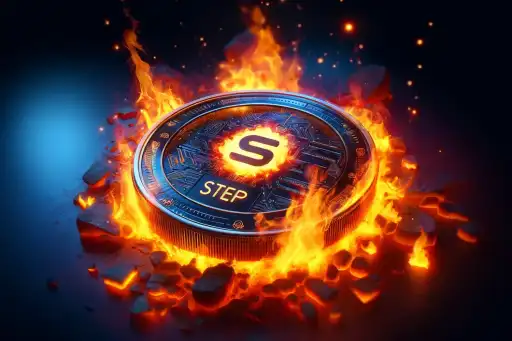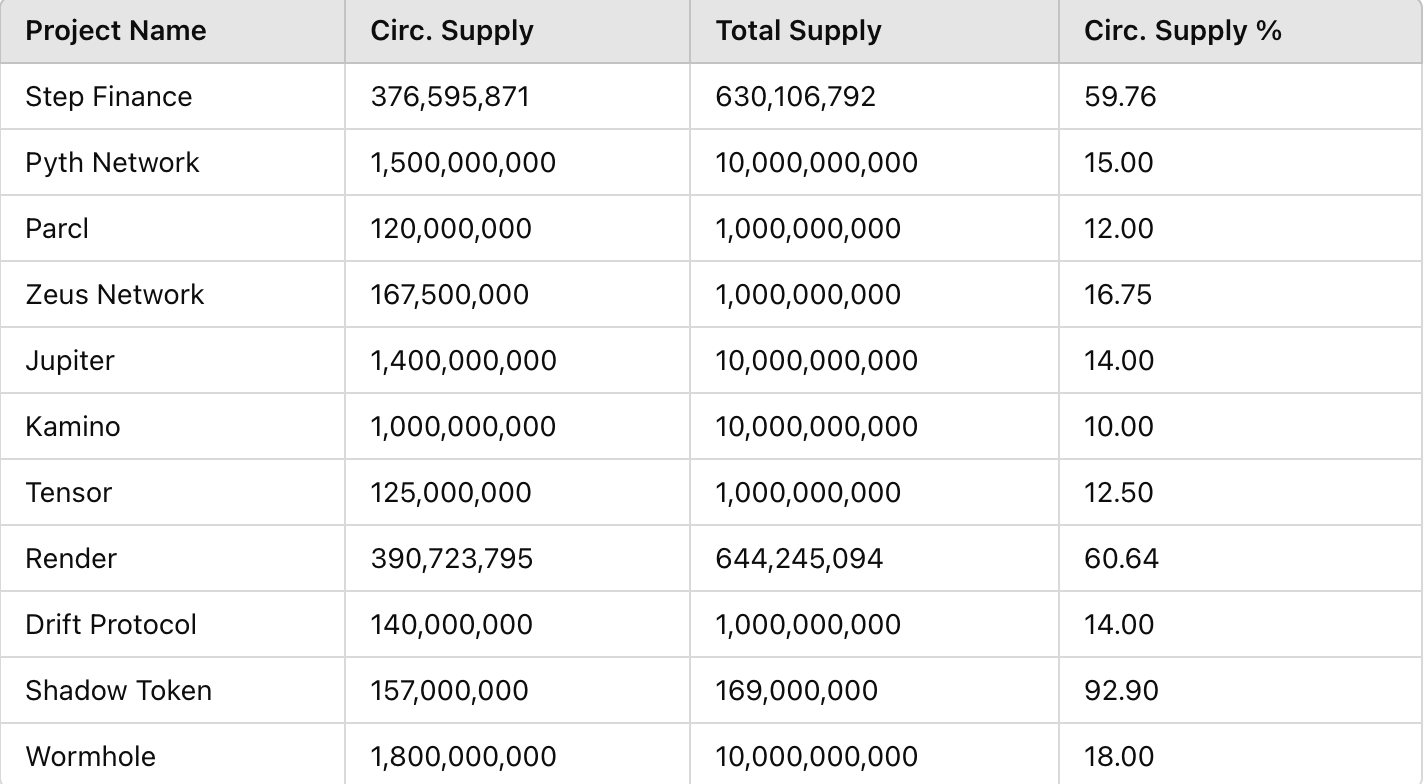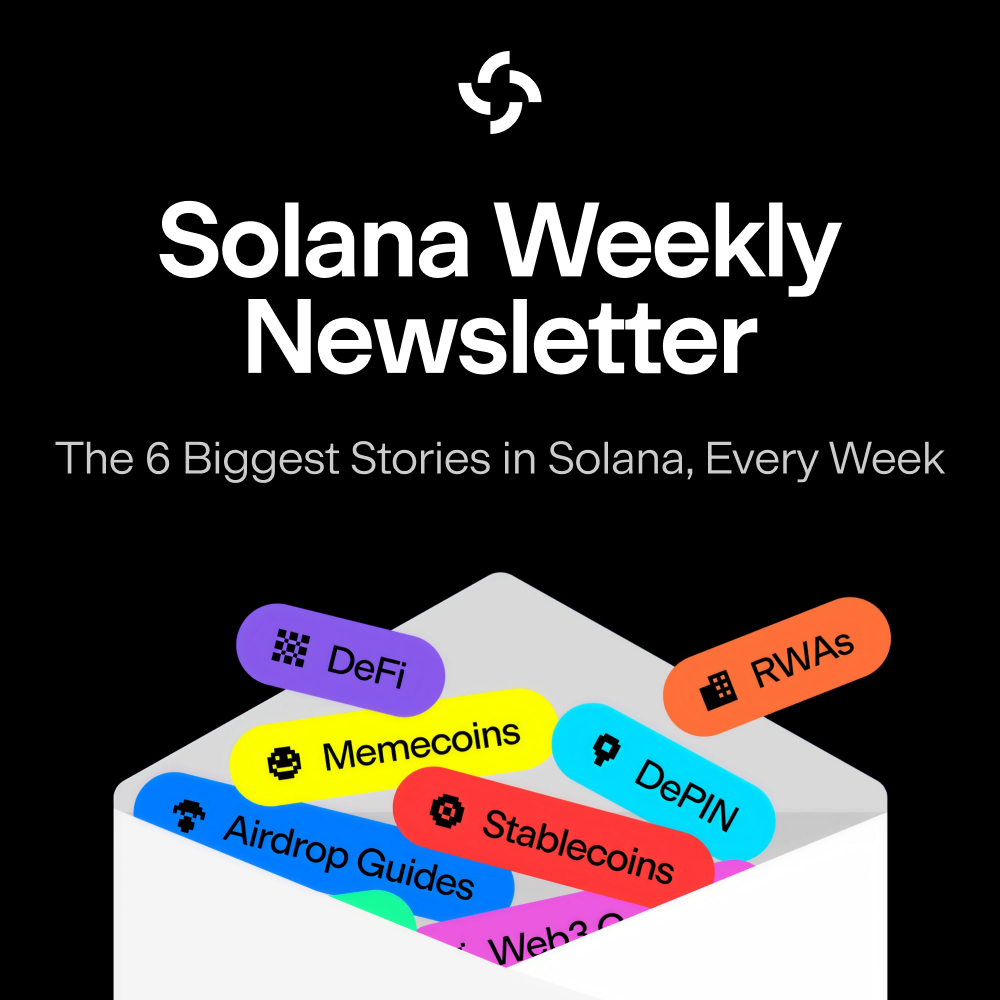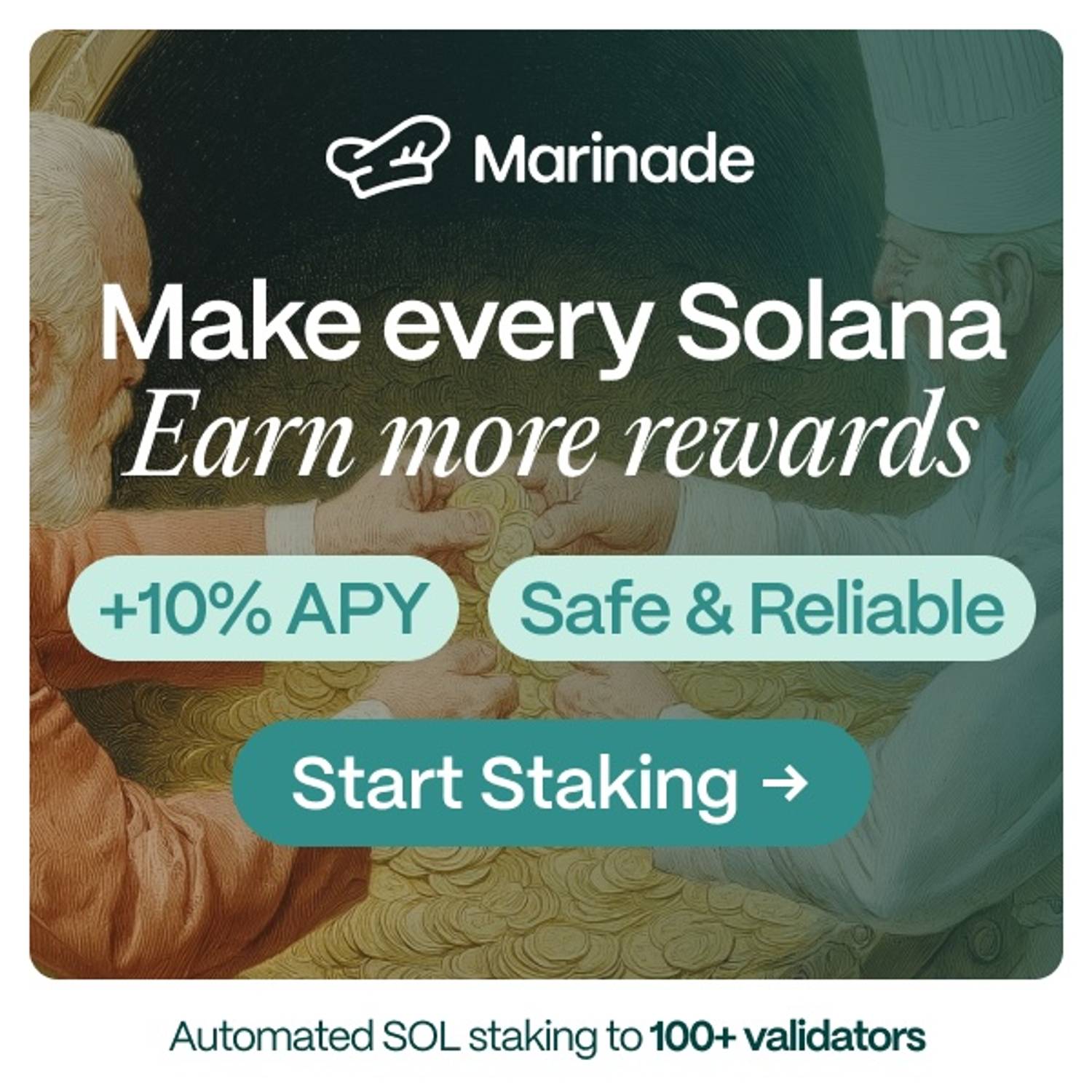
Do Buyback-and-Burn Mechanics Offer Sustainable Token Growth?
How do buybacks support crypto token economies and are token burns truly valuable?
- Published:
- Edited:
Buybacks and token burns are a creative way of driving perceived value to cryptocurrency tokens. However, opinions within the crypto community are divided on their effectiveness.
While some argue that buybacks and burns help to promote token scarcity and support asset price, detractors argue that teams who perform buybacks are shooting themselves in the feet and providing exit liquidity for sellers.
How have tokens with buyback mechanisms performed so far this cycle? Are they any better off than those who avoid buybacks entirely?
Do Buybacks Actually Help?
To demonstrate buyback effectiveness, SolanaFloor collected data on a range of Solana-based assets to compare the performance of projects that perform buybacks against those that do not. In order to avoid post-airdrop price decline from polluting the results, tokens launched in 2024 were omitted from the analysis.
Note: Helium and Hivemapper are deemed to perform buybacks via Data Credit and Map Data purchases
|
Project |
Buybacks? |
Price on Jan 1st |
Current Price |
% Increase YTD |
|
Raydium (RAY) |
Yes |
$1.25 |
$1.84 |
47.2% |
|
Metaplex (MPLX) |
Yes |
$0.37 |
$0.44 |
18.9% |
|
Jito (JTO) |
No |
$1.88 |
$2.09 |
11.2% |
|
Helium (HNT) |
Yes |
$6.79 |
$7.27 |
7% |
|
Step Finance (STEP) |
Yes |
$0.065 |
$0.045 |
-30.7 |
|
Hivemapper (HONEY) |
Yes |
$0.11 |
$0.06 |
-45.4% |
|
Orca (ORCA) |
No |
$5.74 |
$2.33 |
-59.4% |
|
Marinade (MNDE) |
No |
$0.32 |
$0.12 |
-62.5% |
|
Save (SLND) |
No |
$2.99 |
$0.66 |
-77.9% |
Amongst OG Solana projects, it would appear that having buyback mechanisms in place helps support token value. Sampled teams that performed buybacks recorded an average YTD price return of -0.48%. Meanwhile, those without buybacks in place suffered sharp drawdowns, averaging -47.15% returns since January 1st.
As one of Solana’s longest-standing protocols, Raydium exemplifies the benefits of a resilient buyback model. Platform fees collected on Solana’s biggest DEX by trading volume are used to buy $RAY off the market.
Since January 1st, over $35M worth of collected fees has been redirected to supporting $RAY. Purchased $RAY is then distributed to $RAY stakers, generating a rewarding flywheel effect for stakers supporting the platform’s long-term growth.
Step Finance to Burn 35% of Supply
Celebrating 3.5 years since its launch, Step Finance has announced its intention to burn 192M $STEP tokens, currently valued at $8.7M. 150M tokens are sourced from Step Finance’s unused community reserve wallet, while the remaining 42M were collected from $STEP buybacks funded by protocol revenue.
In this respect, all revenue generated by Step Finance is funneled into purchasing $STEP off the open market and permanently removing it from circulation. This mechanic aims to support asset value and reduce the project’s overhanging FDV (Fully Diluted Valuation).
Beginning today with the destruction of 50M $STEP, burns will continue periodically for several weeks. After the scheduled 192M $STEP tokens have been burnt, approximately 90% of all $STEP will be in circulation, giving $STEP one of the highest circulation rates in the Solana ecosystem.

According to data collected by SolanaFloor in June 2024, $SHDW has 92% its supply in circulation, giving the highest rate among Solana-based tokens.
Disclaimer: SolanaFloor is owned and operated by Step Finance
Read More on SolanaFloor
Solana Meme economy reacts to potential Satoshi dox
$SASHA Peaks at $49M as Alleged Satoshi Identity Reveal Fuels Solana Memecoin Meta
Ready to Take the Next Step in Solana DeFi?


